#darwinopterus
Explore tagged Tumblr posts
Text
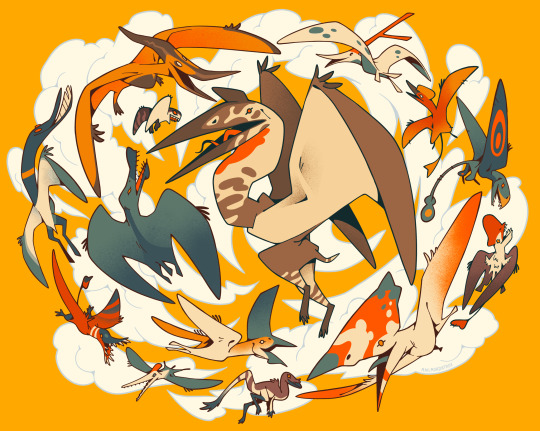

DRAGONS OF THE MESOZOIC
I got commissioned to design a pterosaur back tattoo, and decided to use the opportunity to redraw my original dragons of the Mesozoic design.
#my art#paleoart#art#quetzalcoatlus#anurognathus#tropeognathus#tapejara#thalassodromeus#caviramus#dimorphodon#darwinopterus#nyctosaurus#pteranodon#pterodaustro#rhamphorhynchus#pterodactylus#scleromochlus#pterosaurs
4K notes
·
View notes
Text



Some dragons from my setting alcove, they're the ghosts of prehistoric animals.
left to right
Depths of the Tower- Quetzalcoatlus
Hallowed Old Pine- Deinonychus
Sundog- Darwinopterus
#my art#paleoart#in a way#art#oc#artists on tumblr#digital art#oc art#alcove setting#quetzacoatlus#darwinopterus#deinonychus#i love pterosaurs so much theyre so freakily built#pterosaur#dinosaur
1K notes
·
View notes
Text
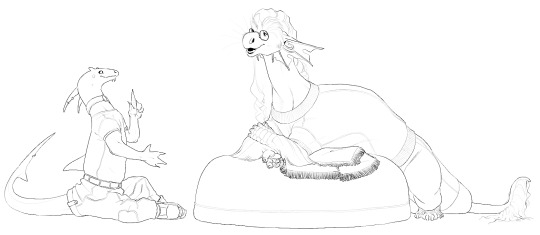
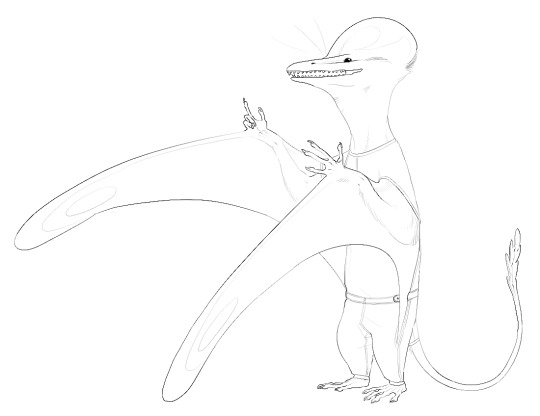
@tickflea @dimespin @jayrockin
381 notes
·
View notes
Text

16/02/25 Darwinopterus
17 notes
·
View notes
Text
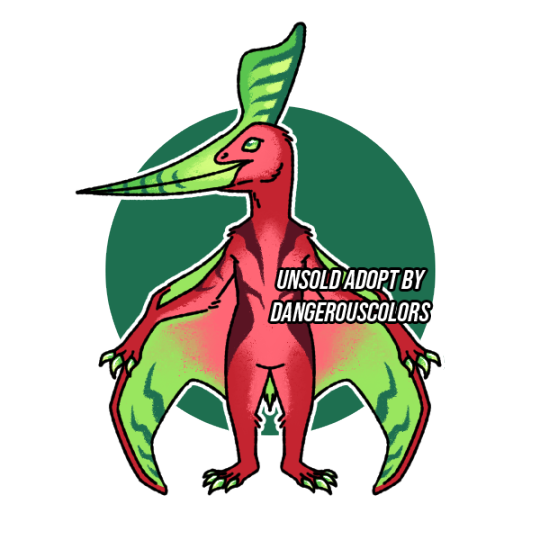
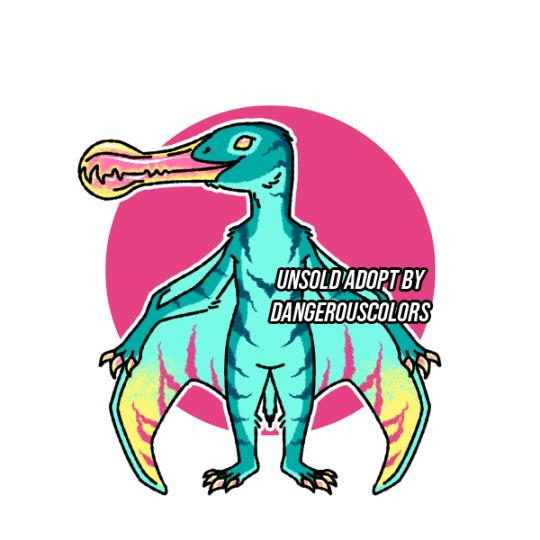
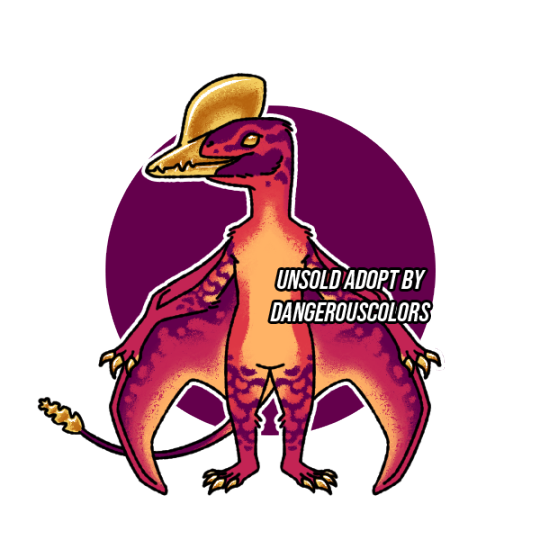
hi everyone while its not exactly Urgent having more money wldnt hurt so im selling these pterosaur designs for 12 usd each.
willing to put on hold for 1 week max. dm here or on toyhouse to claim!
#adopt#adoptable#character design#paleoart#pterosaur#geosternbergia#pteranodon#ornithocheirus#darwinopterus#furry#anthro#safe fur work#sfw furry#furry artist#vic.png#my art
70 notes
·
View notes
Text

this year's holiday card: merry christmas from Darwinopterus!
76 notes
·
View notes
Text
Ptwo Ptoothy Pterosaurs
An Artfight defense against https://artfight.net/~jayrockin and https://artfight.net/~Cat-Dragron

Not super happy with this but now that it's done I can finally move on!
7 notes
·
View notes
Text

Attack #3 for @jayrockin
#art#my art#art fight#pterosaur#darwinopterus#i did this like 2 days ago and just havent posted because im sick oop#i did this While sick and i think it was a fugue state tbh
24 notes
·
View notes
Text


From last night's improve #paleostream #PaleoPines style Deinocheirus Meganeura Anzu Darwinopterus
#paleoart#paleontology#paleostream#20 minute sketch#dinosaurs#pterosaur#paleo pines#deinocheirus#meganeura#Anzu#Darwinopterus
16 notes
·
View notes
Text



some recent paleoarts I made (the sketches in the third pic are drawn without references) First one are two Darwinopterus, second is a Quetzalcoatlus with speculative crest and some juveniles around him
402 notes
·
View notes
Text


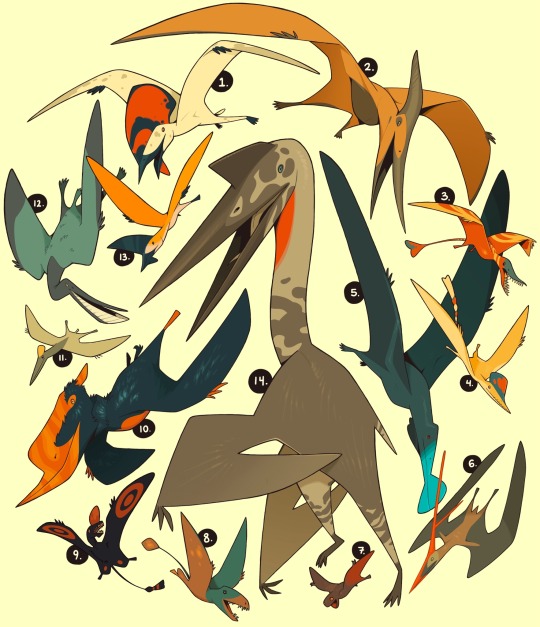
DRAGONS
Hello, I’ve been making more paleoart recently so I’m gonna be updating this blog again after so many years lol.
To begin, some pterosaurs from a while ago.
#my art#paleoart#pterosaurs#tupandactylus#tupandandactylus imperator#pteranodon#rhamphorhynchus#darwinopterus#tropeognathus#nyctosaurus#jeholopterus#dimorphodon#caviramus#dsungaripterus#pterodactylus#tupandactlyus navigans#quetzalcoatlus#paleoblr
2K notes
·
View notes
Text
Archovember 2024 Day 1 - My Choice: Caihong juji
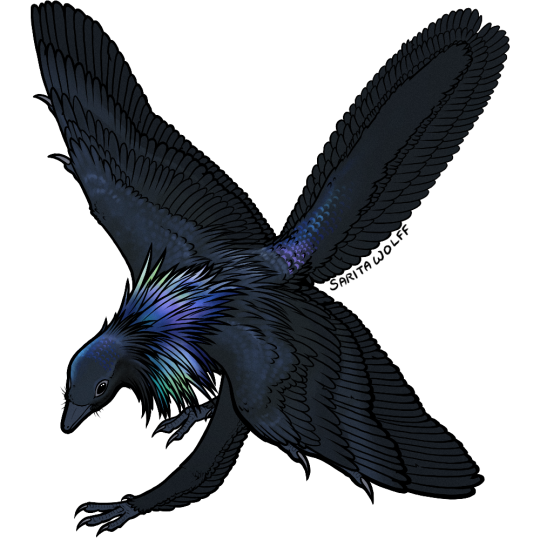
Continuing my theme of choosing dinosaurs we know the colors of, my choice for day 1 of Archovember this year is Caihong juji!
Caihong was an Anchiornithid from Late Jurassic China. It was relatively small, estimated at 40 cm (16 inches) long, with a wingspan of approximately 44 cm (17 in), and weighing 475 grams (16.8 oz). It could be distinguished from its cousins and contemporaries Eosinopteryx and Anchiornis by the longer pennaceous feathers on its forelimbs, hindlimbs, and tail. Caihong was covered almost entirely in feathers, with only the snout and claws uncovered. Like Anchiornis, Caihong’s feathers were so well-preserved that the melanosomes could be analyzed, and interpreted as iridescent black. The platelet-like melanosomes on its head, chest, and base of the tail were similar to those found in the shimmering feathers of modern trumpeters (genus Psophia). Its feather coat was also very thick, with a silky or shaggy appearance, and a ruff of longer feathers around the neck.
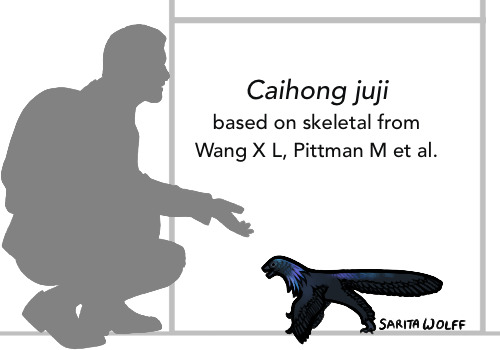
Caihong was likely less common than Anchiornis, as only one specimen has been found so far. Like other anchiornithids, it was probably a carnivore, hunting arthropods and other small animals in the underbrush. Also like Anchiornis, it most likely wasn’t a strong flier, instead using its shimmering plumage for display.
The Tiaojishan Formation was subtropical to temperate, warm and humid, and dominated by gymnosperm trees like ginkgopsids (including Ginkgo), conifers, cycads, and ferns. Caihong would have lived in these Late Jurassic forests with fellow anchiornithids Anchiornis, Aurornis, Serikornis, Xiaotingia, and Eosinopteryx, as well as the bizarrely-winged scansoriopterygids Yi and Scansoriopteryx. Pterosaurs were also common here, including Changchengopterus, Darwinopterus, Wukongopterus, and the small, nocturnal anurognathids Cascocauda, Sinomacrops, and Luopterus. Oddly enough, this formation known for small, flying things also included the earliest known gliding mammal: Volaticotherium antiquum.

(I was unsure what the consensus is on the lacrimal crests and sickle claw, so here is another version 🙃)

This art may be used for educational purposes, with credit, but please contact me first for permission before using my art. I would like to know where and how it is being used. If you don’t have something to add that was not already addressed in this caption, please do not repost this art. Thank you!
#Caihong juji#Caihong#anchiornithid#avialans#theropods#saurischians#dinosaurs#archosaurs#archosauromorphs#reptiles#Archovember#archovember2024#Dinovember#Dinovember2024#DrawDinovember#DrawDinovember2024#SaritaDrawsPalaeo#late jurassic#china#Tiaojishan Formation
125 notes
·
View notes
Text
Darwinopterus

Artfight attack for @jayrockin!!
11 notes
·
View notes
Text
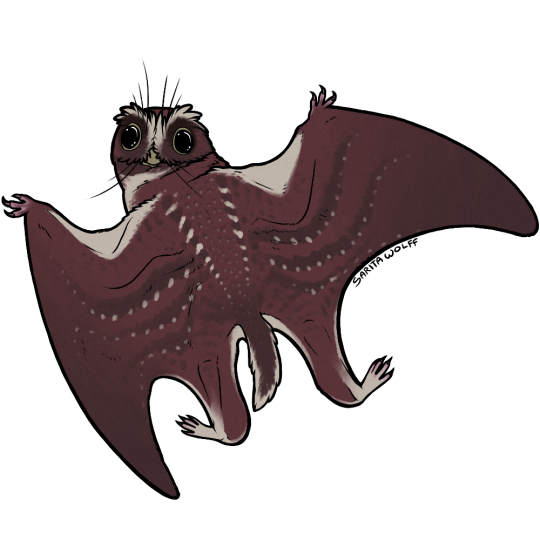
#Archovember Day 18 - Cascocauda rong
The Anurognathids of the Jurassic and Cretaceous were highly derived pterosaurs that filled a similar niche to bats. They were nocturnal or crepuscular, insectivorous (though some larger species may have eaten fish as well), arboreal, and had short tails. However, Cascocauda rong of Middle - Late Jurassic China was an exception to the short tail rule. It’s tail was longer than other known anurognathids, earning it a name meaning “fluffy ancient tail.” But more importantly, Cascocauda provides us evidence of the complexity of pycnofibers in pterosaurs. Long thought to be simple and furlike, pterosaur pycnofibers were thought to be unique structures that evolved independently from feathers. However, Cascocauda had an array of different pycnofiber shapes and structures, one of them being similar to downy feathers with frayed ends. This further strengthens the hypothesis that feathers evolved before dinosaurs and pterosaurs even split into two different clades. Also, infrared spectral analysis was used on these pycnofibers, showing they had a similar absorption spectra to red human hair, making Cascocauda one of the only pterosaurs for which we know its coloration!
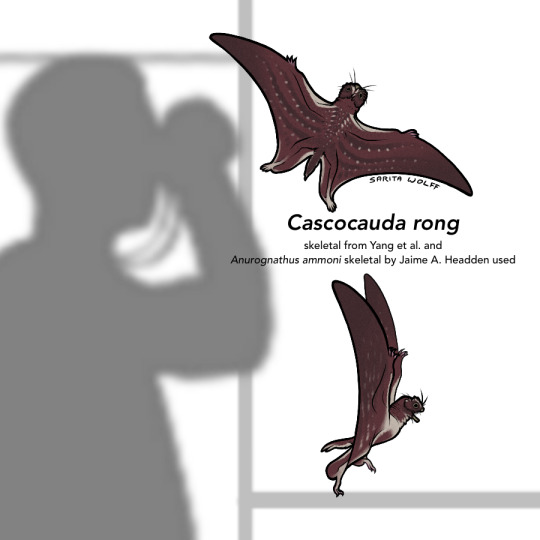
Found in the Tiaojishan Formation, Cascocauda rong would have lived with other anurognathids like Jeholopterus, Sinomacrops, and the tiny Luopterus. A wealth of other types of pterosaurs existed here as well, such as Darwinopterus, Kunpengopterus, Archaeoistiodactylus, Pterorhynchus, Wukongopterus, Daohugoupterus, Douzhanopterus, Fenghuangopterus, Jianchangnathus, Jianchangopterus, Qinglongopterus, and Liaodactylus. Dinosaurs lived here too, including the famously colored Anchiornis and other Anchiornithids like Aurornis, Caihong, Eosinopteryx, Pedopenna, Serikornis, and Xiaotingia, as well as the bizarrely bat-winged Scansoriopterygids Epidexipteryx, Scansoriopteryx, and Yi, and the quilled heterodontosaur Tianyulong. Arboreal cynodonts like Agilodocodon, Juramaia, Maiopatagium, Arboroharamiya, Volaticotherium, Vilevolodon, and Xianshou would have shared the trees with Cascocauda rong, adding to the busy, fluffy, feathery nature of this ancient forest.
#my art#SaritaDrawsPalaeo#Cascocauda rong#Cascocauda#anurognathids#pterosaurs#archosaurs#archosauromorphs#reptiles#Archovember#Archovember2023
29 notes
·
View notes
Text

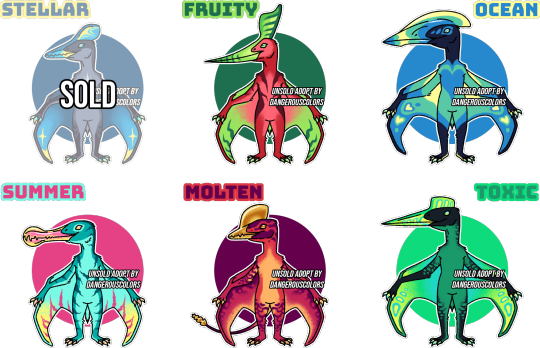
all my currently available pterosaur designs. dimorphodon is 17 usd while the anthros are 12 usd each
willing to hold 1 week max. dm to claim
edit: molten darwinopterus has been sold!
#adopt#adoptable#character design#paleoart#pterosaur#dimorphodon#geosternbergia#hatzegopteryx#ornithocheirus#darwinopterus#quetzalcoatlus#furry#anthro#safe fur work#sfw furry#furry artist#vic.png#my art
37 notes
·
View notes
